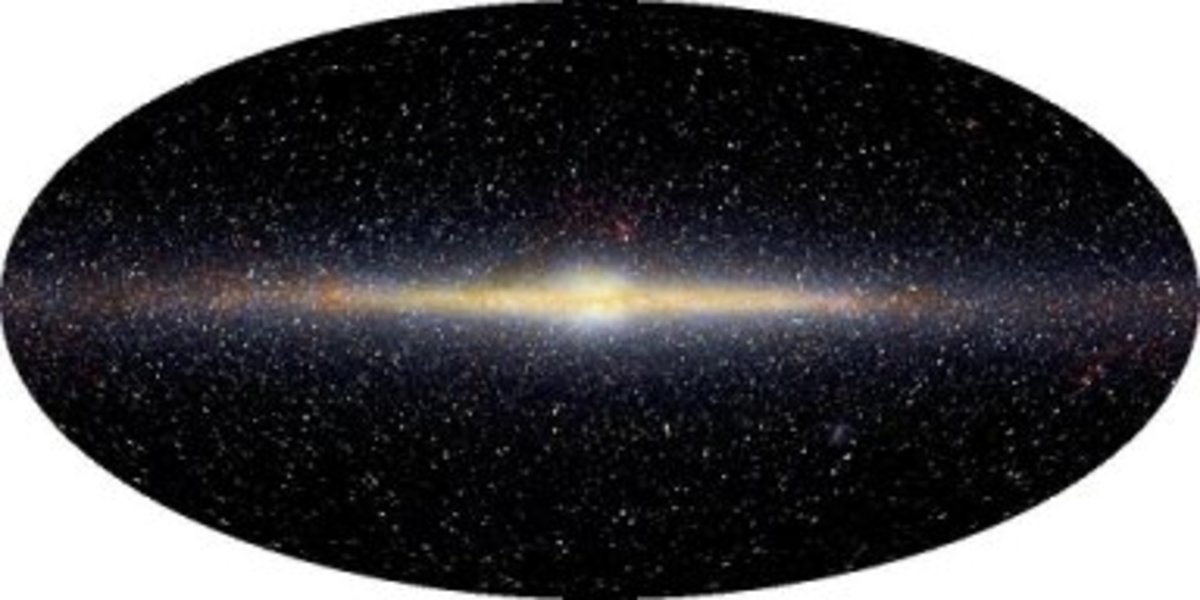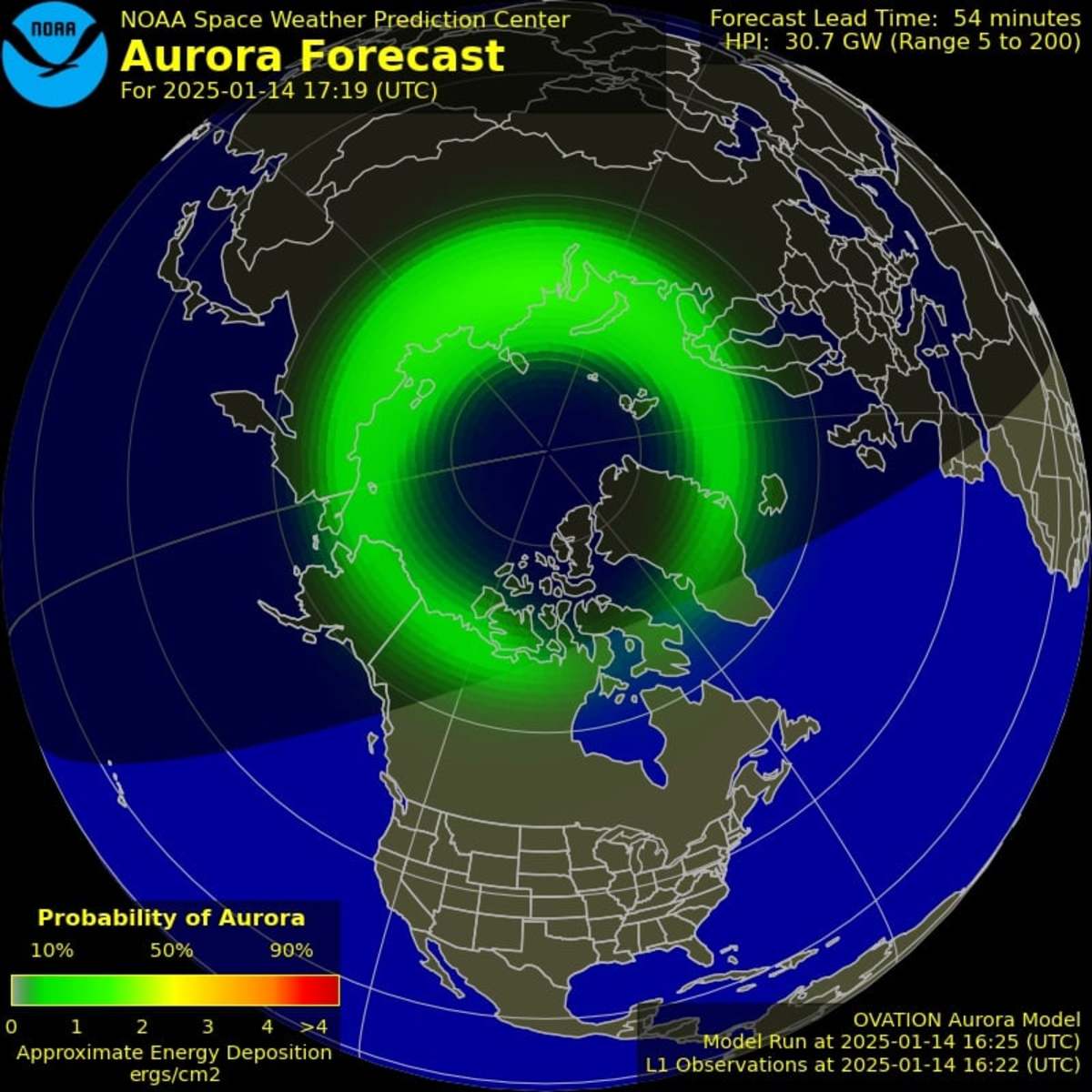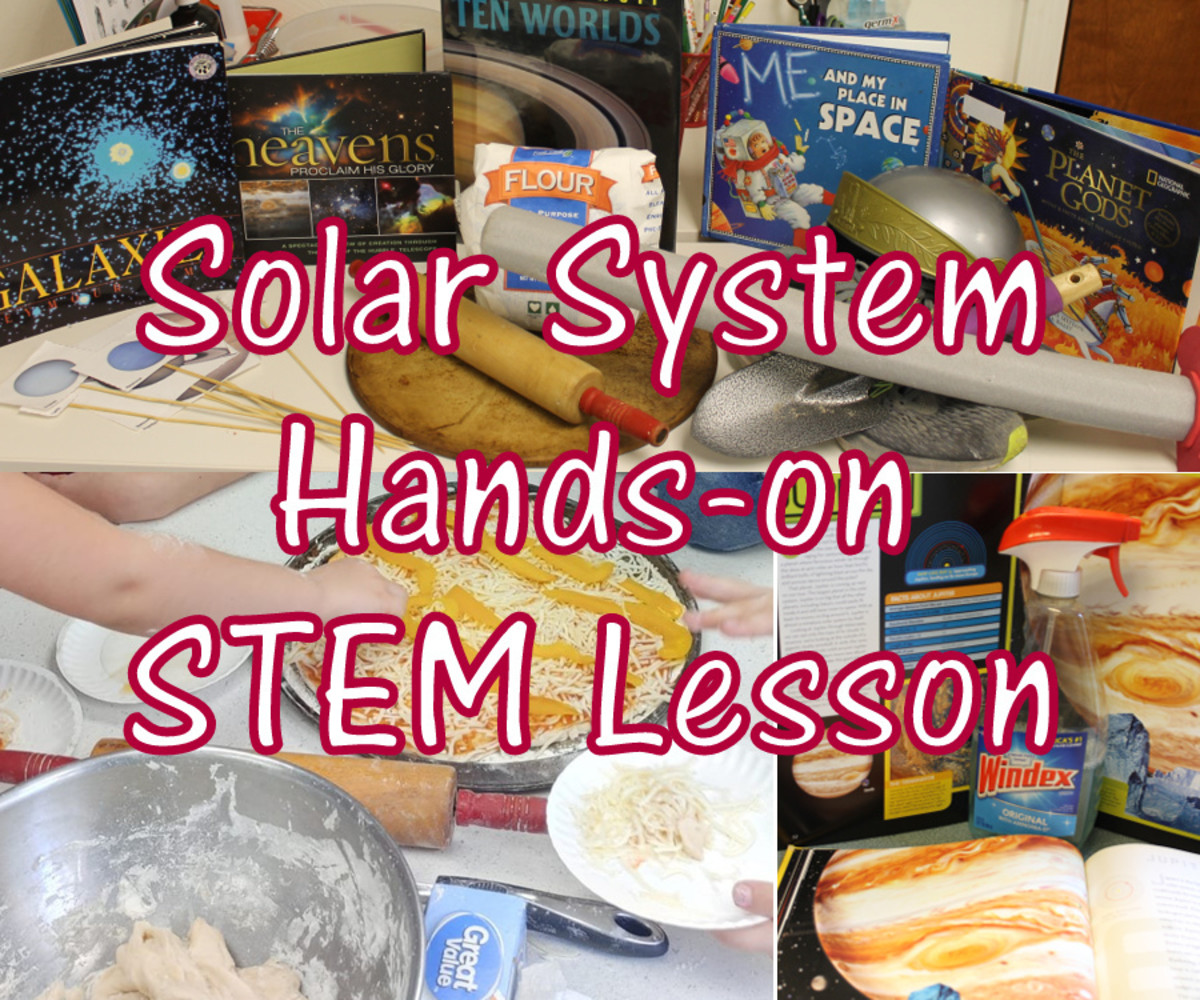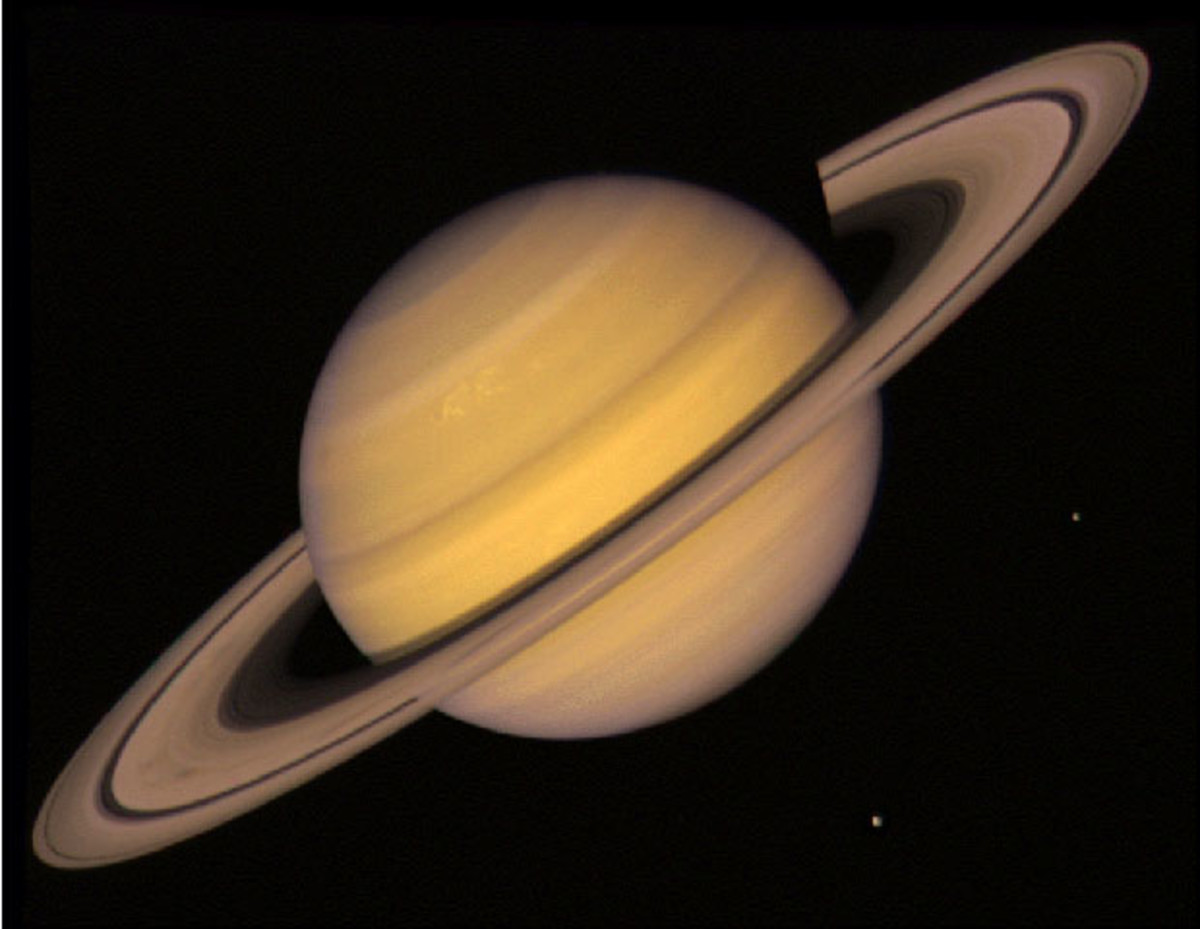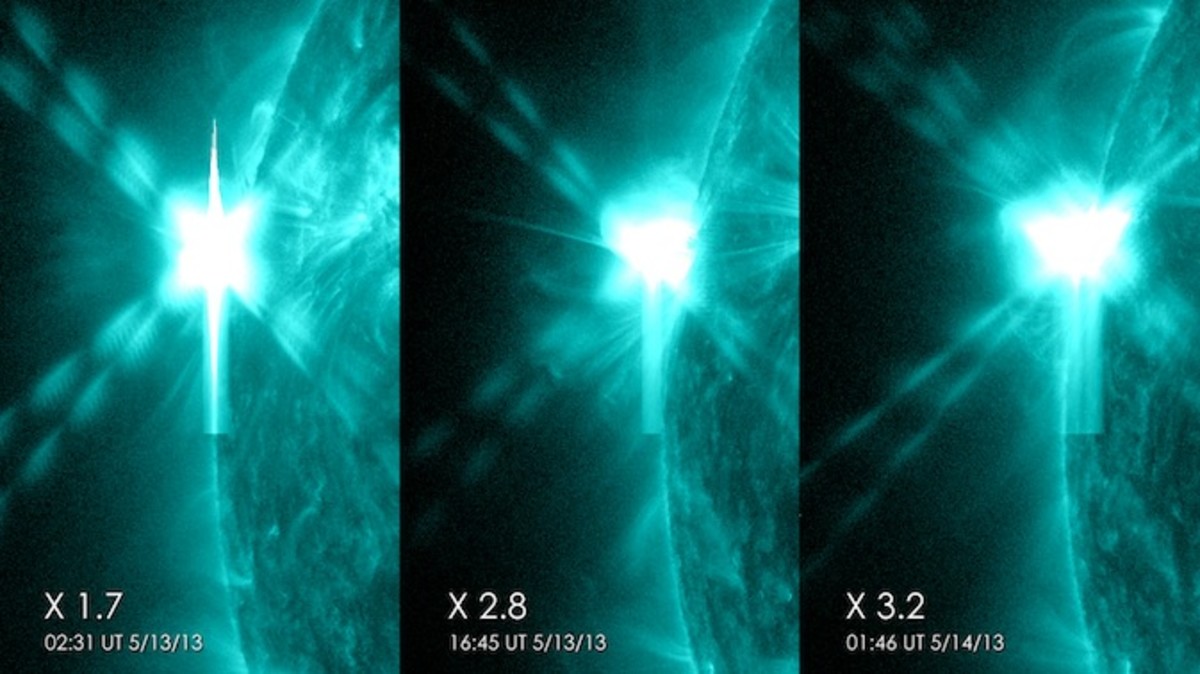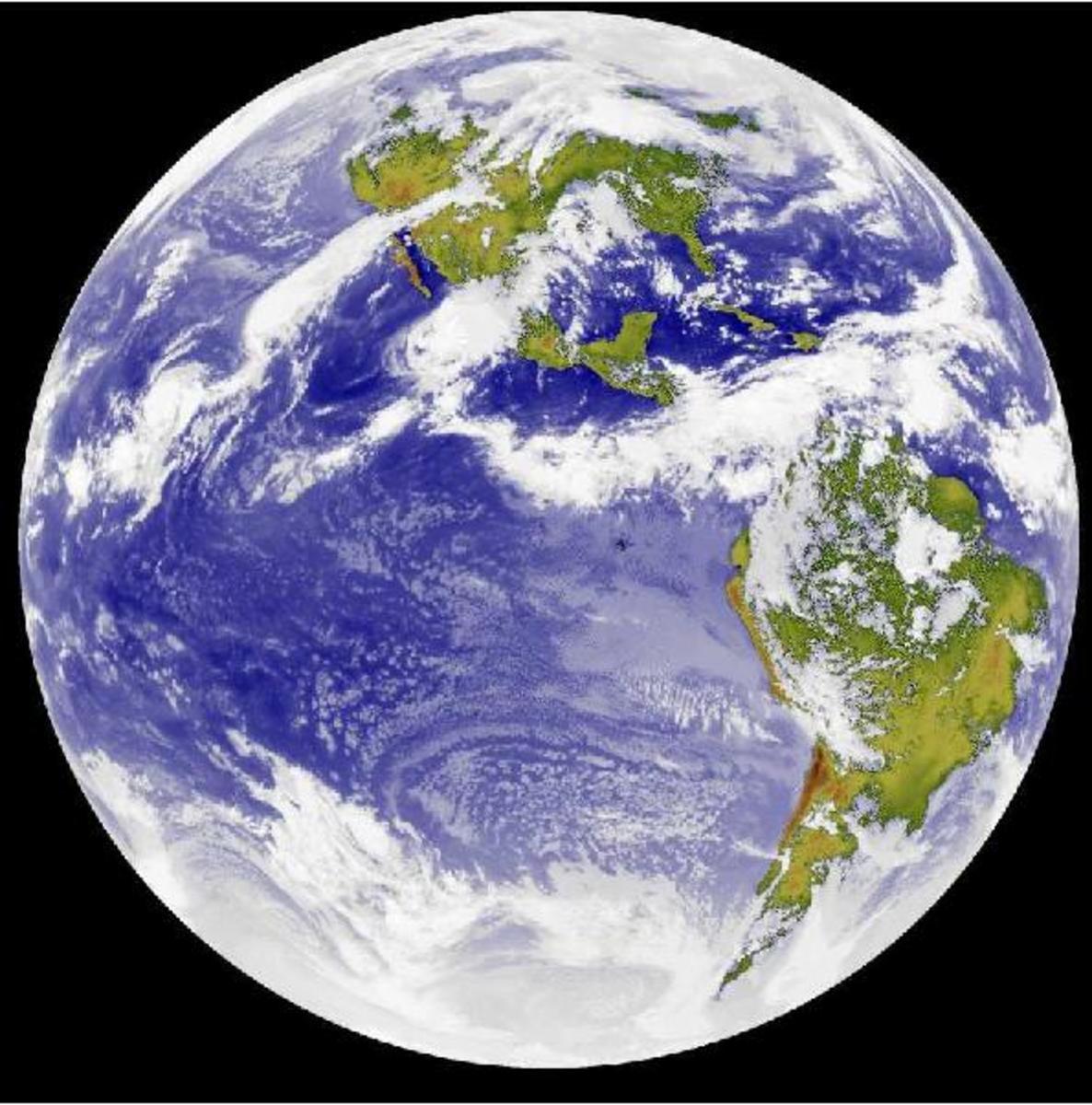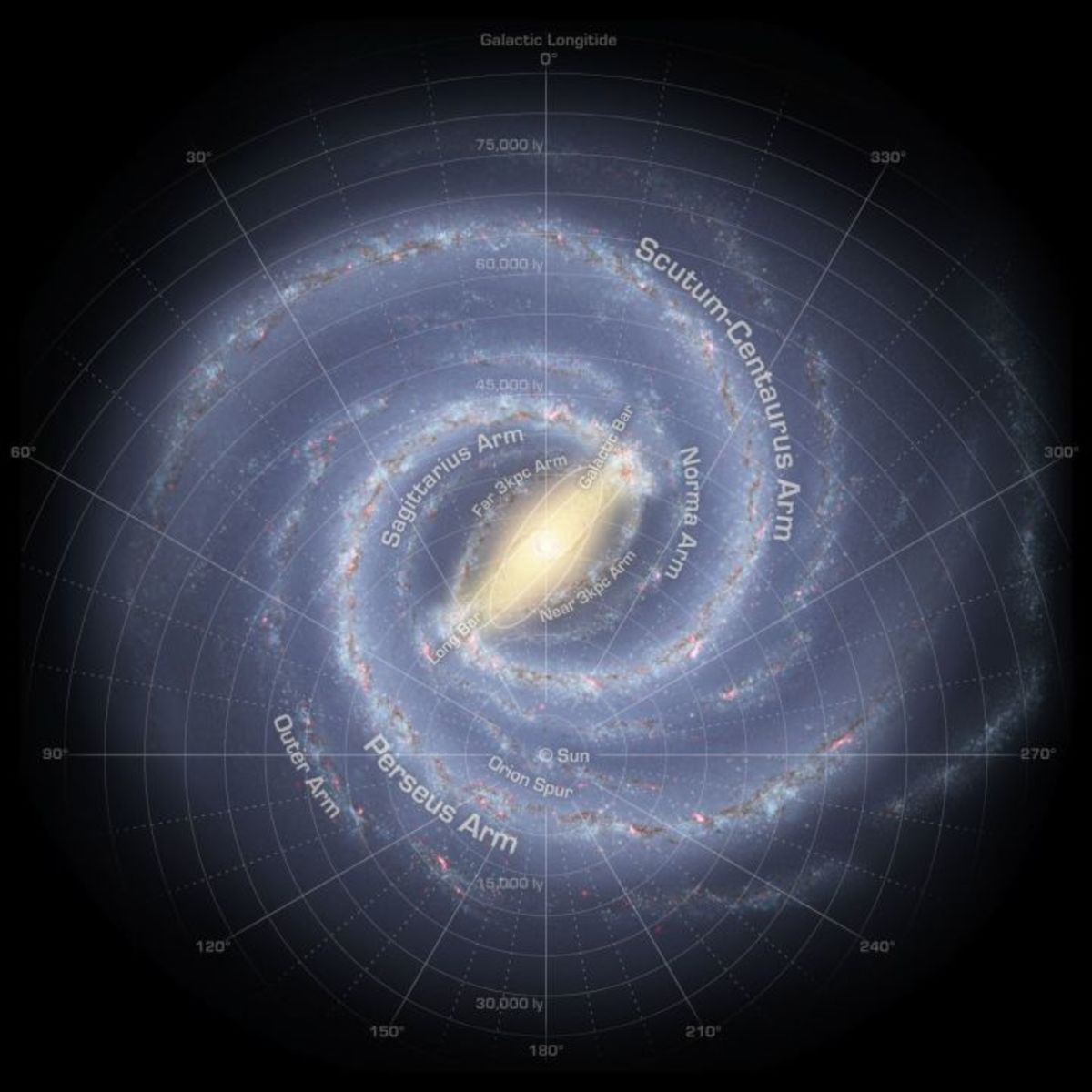'Spaceship Earth' part 2
Apollo 8's view of Earth
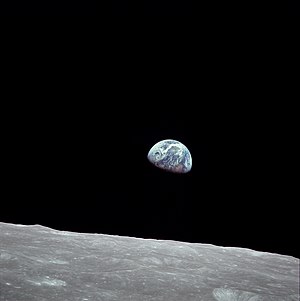
Changing our views
The picture above probably did more to change our understanding of the universe than any that had been taken before or after!
it was taken by the crew of Apollo 8, the first spacecraft to fly around the moon on the buildup to what would be one of the most important days in Human history, the landing on the Moon by Apollo 11.
But more important than the actual landing, for the first time we saw the earth for what she really is, a Spacecraft travelling through the void that is space, for the first time we saw the beauty and majesty that is our home. We saw how fragile she looked, and we began to have a fresh understanding of just how wonderful this terrestrial ball that we live on really is.
Last week we read a bit about how the earth is moving through space, the velocities and directions.
This week, we're looking at a few other ways she's like a Spaceship. See if you can work it out.
'Shields UP"
Shields
You didn't honestly think I could write a series like this and not refer to one of my favourite movie franchises, did you?
Actually, though, this clip gets things over pretty well, because just like the Starship Enterprise here in the clip Earth spends most of her time in some pretty dangerous territory for a small piece of rock with a bit of water on it.
We're a mere eight minutes as light travels from a massive Nuclear Fusion reactor, one that's been burning for (scientists think, creationists disagree as to the length of time it's been burning, but not to its effects) about five billion years, and is going to keep burning for another ten billion or so.
We're just far enough away for water to remain cool enough for it to remain in liquid form, though our polar regions show us how small that window really is as a few more miles away and the water essential for life would never thaw for long enough to support life.
But that itself puts us in another danger area.
First the Good news. Ultra Violet and Infrared (IR) Radiation
Our sun is a massive fusion reactor, and like all Nuclear reactors it emits Nuclear radiation, some of which is essential for life, and other parts will kill it in an instant.
But We have defences against the harmful stuff, that also helps change the stuff we need into the forms essential for life if we didn't have them then life would not exist here on Earth!
As radiation leaves the sun most of it is in the form of either Ultra Violet radiation or Infrared radiation, both of which we need a certain amount of, but not too much, too much will cause the life forms to mutate too much, this is called cancer in us Humans.
Here we meet our first line of defence.
Our first line of defence
Thinking defensively
I'm an ex-soldier, so I tend to think of lines of defence the way a soldier would with an outer perimeter manned by the 'big guns' then the second line of defence picking off whatever gets past the first ones, and finally an 'inner' or last line of defence.
I'm not totally sure how many lines of defence the earth actually has, but there are at least three, and we'll take each one in turn, starting with the inner or 'last' line of defence. You might be surprised at just what we have 'watching our six'
The Ozone layer, our inner defence
Right at the start, we have a problem, you see without Oxygen life can't exist because there's nothing to create the materials needed to form the Ozone layer which is essential for protecting the earth from UV light which would also kill all forms of life if it was to get through to earth in large quantities.
Oxygen atoms combining with Oxygen molecules in the stratosphere form the gas 'Ozone' that creates our first line of defence, our first 'shield' as it were.
As the video explains, the UV radiation on its way to earth hits the Ozone molecules and bounces off back into space, but it breaks up the molecule into the atom and molecule of Oxygen thus allowing it to form up again.
When we invented the spray can and the Chemical Chloro fluorocarbon we inadvertently invented a chemical that did the same thing as the UV rays and began to tear our first line of defence to shreds. Thankfully some scientists woke up to this and managed to get us to stop, but not before a huge hole the size of Antarctica (right above that continent) was created that will take decades to repair.
The result in that has been a massive spike in cancers, skin cancer in particular.
the Ozone layer in our outer atmosphere is our first line of defence, but it's not the only one.
Line two, Magnetic field.
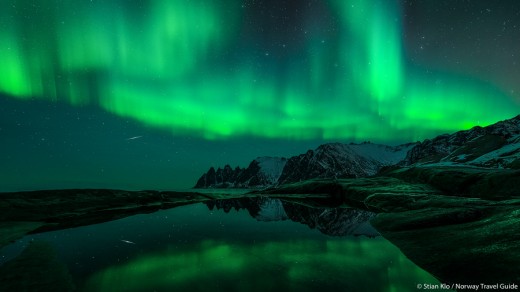
Line two Earth's "Magnetic field"
We all know about North and South right? and the fact that not only do we have poles at the North and South but we also have what's known as 'Magnetic North" and "Magnetic South" (Magnetic North is talked about where Magnetic South isn't, but you can't have one without the other) that are in different locations to true North and South.
See, inside the earth, right at the very core we've discovered is a core of molten and pure Iron, and that Iron moves with the rotation of the Earth, as it moves it generates a force called magnetism, almost like a forcefield in that it attracts the heavier metals down into the core of the planet, but any dangerous gamma radiation approaching our planet is forced away literally 'bouncing off" the magnetic field and away into space.
Ever looked at pictures of the Arora Borealis or its southern counterpart Arora Australis?
Oh and by the way, inside the core of the earth is another 'inner core' comprised of a massive Nuclear Fusion Reactor, the strange this that although the inner core is hotter than the outer one (Roughly the same temperature as the surface of the sun), it's solid as far as we can tell.
What are they?
Auroras are the result of disturbances in the magnetosphere caused by solar wind. These disturbances are regularly strong enough to alter the trajectories of charged particles in both solar wind and magnetospheric plasma. These particles, mainly electrons and protons, precipitate into the upper atmosphere (thermosphere/exosphere).
How big?
That's the big question, how far out does this line of defence go?
The magnetic field flows from North to the South and naturally, at the Northern and Southern tip it's at the thinnest, probably into the stratosphere, hence the reason we can see the amazing displays, but at the equator scientists think it stretches out as far as about four thousand miles, that means that things like the ISS is well and truly protected by the second line of defence, but it has been breached in the past!
Solar flares
Our sun is pretty stable, and we can pretty much predict most of what she's going to do, but there are times when we get it wrong.
Every twelve years or so our sun produces what's known as a solar flare, this is where a buildup of energy happens and all of a sudden the sun ejects a mass of plasma out into space causing a slike in the release of radiation.
When this happens radio communication goes a bit haywire, and we lose some electronic devices, these we know about and can plan for, but every so often the release is so big it knocks everything out!
Back in 1859, we were just getting used to having things like the telegraph when something happened and all of a sudden pretty much every telegraph device in the Eastern USA and Canada came alive and sparking, some even burst into flames with no one operating them, there was also a massive increase in the brightness of the sun that lasted a few days, then everything went back to normal, except that every electrical device that had been wired up was totally useless, they were burned out!
It was years later that we realised that it was a fairly significant solar flare that had wiped them all out.
The effect was similar to what we now know would occur in the event of a Nuclear strike. This is called an Electro Magnetic Pulse or 'EMP' for short and everything outside the blast area with electronic equipment connected to a grid would be totally destroyed or 'fried' as the term is, that includes vehicles with their batteries connected (even if not running at the time) aircraft, ships, Hospital equipment, literally everything.
On a side note, I heard a few days ago that President Trump signed off on getting the infrastructure in the USA up to be capable of withstanding an EMP and still functioning, not such a dumb idea when you think about it!
Outer defences "Big brothers"
One of the best ways to defeat a bully (I"m told) is to have a big brother who's willing to take him down!
Think of it, a poor little kid getting beat up by some punk and along comes big brother and the punk is history, sounds great right? There have even been movies with that idea, well guess what, Earth has two of 'em and a third 'little guy' nearby who takes the occasional hit meant for us!
The little guy, who takes one for us. The Moon
Ever stopped and looked at the face of the 'man in the moon'? Okay, I know it's not a real man in there, and the face isn't really a face but a series of craters, all of which were caused by something hitting there, and hitting hard!
The Moon is only a few hundred thousand miles away, less than two hundred thousand in fact, but look at the size of the craters, so big we can see them from here.
Once every month the moon swings by and takes out any asteroids that might be getting too close for comfort, we probably don't see, but could still cause major problems if they were to hit the earth.
But the moon isn't the only one 'watching our six'
Big Brother number one Jupiter
Every eleven years a big brother of ours swings by into our area of the solar system. Living about three hundred million miles further out Jupiter is massive, and he's got a really strong gravitational pull.
Jupiter is about eleven hundred times the size of the Earth and is so big he actually has his own 'system' with sixty-four moons satellites (that we know of).
From what we know of the history of the solar system Jupiter is very much the boss and we know that at least one planet that started life in the inner solar system but was flung out for getting in Jupiter's way, another was torn to shreds and became the asteroid belt.
Every eleven years he comes close where the Earth is and every rock in the area gets cleared out as they're pulled in to impact with Jupiter.
In 1993 a comet came a 'cropper' with Jupiter and was ripped apart as it got too close to the gas giant in an impressive display.
Apparently, the comet had been ripped apart two years before by Jupiter's gravitational pull and this time around he finished the job, it's estimated that some of the pieces seen below are about one and a half miles across, imagine those hitting earth!
Big brother at work.

Big brother number two SATURN
Every twenty-six years another big brother swings by and checks on us, he lives much further out in the solar system, and while he's not as big as Jupiter he also packs a major punch.
Saturn is only slightly smaller than Jupiter, and he also has his own system, including sixty-two moons, and as all planet do he clears out all the incoming debris and asteroids heading into the solar system protecting the inner planets.
There are still comets and asteroids that make it through the outer defence screens we have for the earth, we know that the Earth has been hit at least five times in its history and at least three of those caused 98% all life went extinct, but Our Spaceship managed to survive and life moved forward, but these defences have so far managed to protect us.
Take a moment
I don't know if people reading this hub are convinced one way or the other about how life began here on Earth, or if there is a creator behind it all, but I just want you to take a moment and take in all the things that are 'in play' right now making sure that we are here and can enjoy life on planet Earth, our little 'spaceship' hurtling through the Galaxy with shields and two big brothers protecting us from harm, just take a moment to take it in.
Just a few of the hundreds of conditions that need to be met for life to occur!
Thanks for your time. Hope you enjoyed the read.
Leave a comment.
Lawrence

